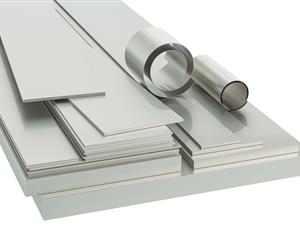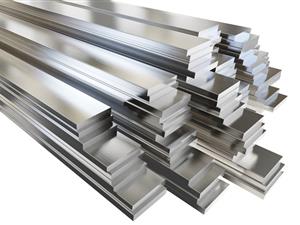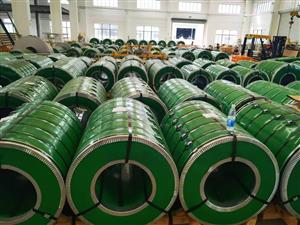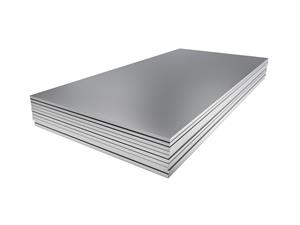Alloy C-276 is one of the premier corrosion resistant materials that performs exceptionally well in both oxidizing and reducing environments. It resists chloride stress corrosion cracking, pitting, crevice and general corrosion. The alloy is also resistant to carbide precipitation during welding enabling it to be utilized in the as-welded condition. In chemical processing applications, the alloy has exceptional resistance to sulfuric, hydrochloric, formic, acetic and phosphoric acids. Alloy C-276 performs well in environments containing acid chlorides, solvents and acetic anhydride, The alloy is one of the few grades that withstands wet chlorine gas, hypochlorite and chlorine dioxide solutions. Alloy C-276 is highly resistant to concentrated solutions of oxidizing salts including iron and copper chloride. It also performs well in seawater, especially under crevice conditions where other frequently used alloys such as stainless steel, Alloy 400 and Alloy 625 fail. The operating conditions of flue gas desulfurization systems offer a challenging environment for corrosion resistant materials. Scrubber liquors and gas condensates often contain chlorides. Alloy C-276 has been shown to withstand higher chloride levels than other grades before the onset of localized corrosion in these systems. Alloy C-276 is used extensively in the recovery and processing of sour natural gas which contains hydrogen sulfide along with carbon dioxide and chlorides. Carbon and alloy steels cannot withstand this corrosive environment. They are subject to failure by sulfide stress cracking or stress corrosion cracking. The rich chemistry of Alloy C-276 makes it resistant to sour environments even at high temperatures in deep wells.
Alloy C-276 can be easily welded and processed utilizing standard shop fabrication practices for austenitic stainless steels and nickel based alloys.
Hot Forming The hot-working temperature range for Alloy C-276 is 1600–2250°F (870–1230°C). The alloy should be water quenched after hot working. Heat treatment is recommended after hot working to ensure maximum corrosion resistance.
Cold Forming Alloy C-276 should be in the annealed condition for cold working. The alloy has a higher workhardening rate than the austenitic stainless steels which should be taken into consideration. An in-process anneal may be necessary with a high degree of cold working. If the alloy undergoes greater than 15% deformation during cold working, a solution anneal may be necessary.
Welding Alloy C-276 can be readily welded by most standard processes including GTAW (TIG), PLASMA, GMAW (MIG/MAG) and SMAW (MMA). A post weld heat treatment is not necessary. Brushing with a stainless steel wire brush after welding will remove the heat tint and produce a surface area that does not require additional pickling.
Machining Alloy C-276 should preferably be machined in the annealed condition. Since Alloy C-276 is prone to work– hardening, only low cutting speeds should be used and the cutting tool should be engaged at all times. Adequate cut depth is necessary to assure avoiding contact with the previously formed work-hardened zone.






